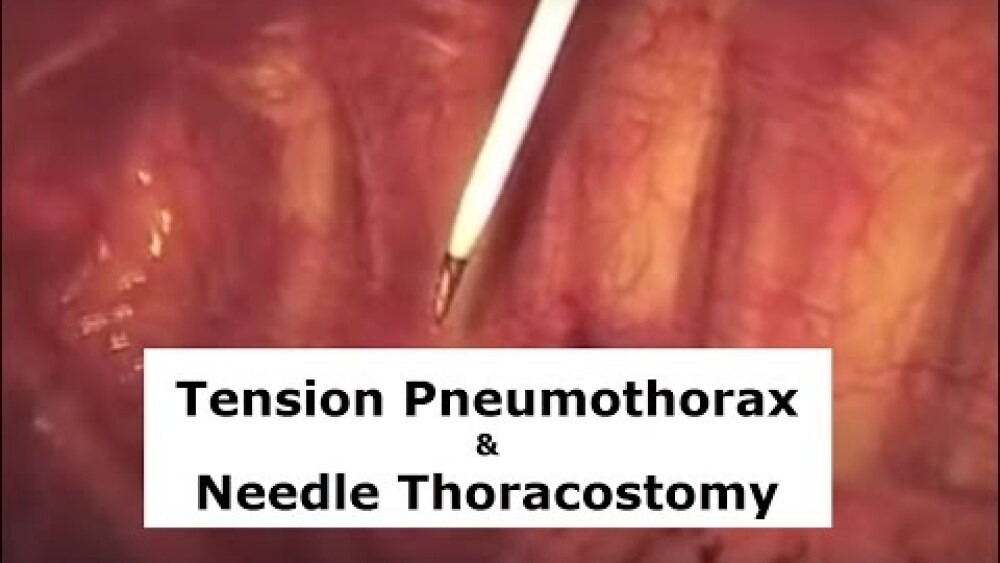EMS Training and Education
Your go-to resource for evidence-based EMS training, continuing education, instructor development and industry innovation. Find expert articles, videos, product reviews and specialized resources to support EMTs, paramedics, medical directors and educators. Stay current on instructor best practices, CEU requirements, virtual training trends, simulation strategies and educational policy affecting prehospital care.
EMS Training and Education Resources
Practical, authentic ways to show gratitude and strengthen community ties with the people who respond first when it matters most
5 tips to quickly find a patient’s radial pulse for vital sign assessment
Educating patients at the highest risk for suffering a fatal overdose
As society becomes more and more litigious, EMS providers face greater and greater risk by not fully documenting their calls
What CoAEMSP has learned about EMS student attrition and retention
Move with purpose to prevent an apparatus crash, slip or fall, and protect the patient from increased discomfort
Researchers measured the impact several CPR feedback or prompt devices had on chest compression depth, compression rate recoil and hand position
With opioid overdoses on the rise, knowing the facts and risks of fentanyl are crucial to EMS
The board considered dissolving the current agency as well as signing a contract with a paid service
You were asked to assist your trainee in assessing and treating a 56-year-old man with shortness of breath; did you make the right call?
You are dispatched to a bank for a man who is weak and lethargic
Here is the “never-do” list if you want to have a long and prosperous career in EMS
Your patient has neurological deficits after a traumatic injury. Should you use a backboard?
Every ground ambulance and helicopter crash has different causal factors, but we must look at system design and safety behaviors to prevent further crashes
Learn the importance of electrolytes for homeostasis and how to recognize when sodium, potassium, chloride, calcium, phosphate and magnesium levels are too high or too low
Recognize the signs and symptoms of pneumonia and understand how capnography can be used to guide treatment for pneumonia and sepsis.
In this week’s episode, our co-hosts sit down with Kimberly Stanford to discuss how EMS can properly treat and care for autistic patients
Kids wore bunker gear, watched mock patient extrications and learned about first responder professions
Students at a technical high school will be able to enter the workforce directly after graduating
Illegal drugs and adverse environmental conditions are a potent combination at mass gathering events covered by EMS providers
Once the department decides it needs them, training on how to safely use them in the environment where they’ll be deployed is critical
Our co-hosts sit down with EMS1 Editor-in-Chief Greg Friese to discuss this year’s EMS Trend Report
EMS Products
Augmented reality, with heads-up display devices and conductive swath devices, has the potential to improve patient assessment and care
The seminar will discuss new approaches for treating opioid use disorders in the ER
Teaching EMTs and paramedics to perform in the cognitive, kinesthetic and affective domains requires intentional use of EMS-specific education methodology
NIPSTA uses new training rooms, simulations and VR to prepare first responders for critical situations
The “Madman, Architect, Carpenter, Judge” technique is a useful process to convey complex ideas to field personnel, agency leaders and community stakeholders
EMS professionals Hunt, Page and Zuschlag were honored for their impact in the EMS service
Because sepsis is a common patient presentation, it is important for EMTs and paramedics to learn and review its signs and symptoms
The first responders applied tourniquets to the man’s leg and arm, preventing him from bleeding to death
West Virginia native learns to work around creepy crawlers and more in a 42-year EMS career
To effectively lead in the EMT classroom be more artful, like Mr. Keating and less like J. Evans Pritchard
First responders, officials discuss tactics and challenges associated with active shooters
MOST POPULAR
- Interior view of a tension pneumothorax and needle thoracostomy
- Ill. 911 dispatchers receive training to listen for signs of strangulation
- State urges better water rescue training in report on Fla. first responder’s drowning
- Field Triage Guideline – A new look and important updates
- Under new law, Wash. dispatchers will be classified as first responders





















